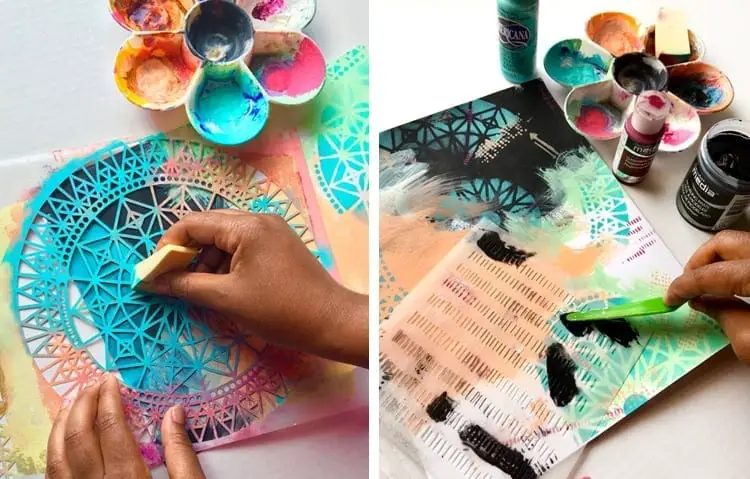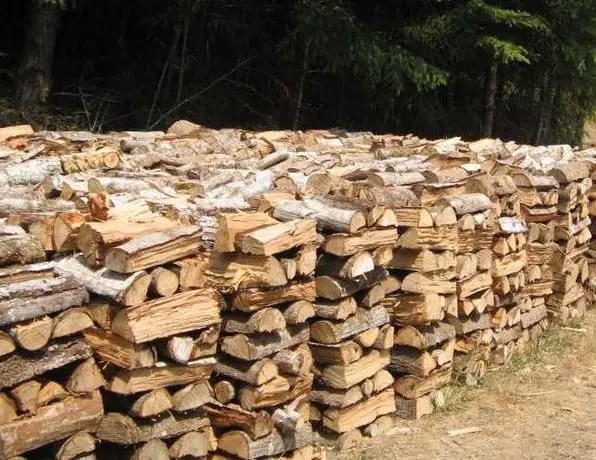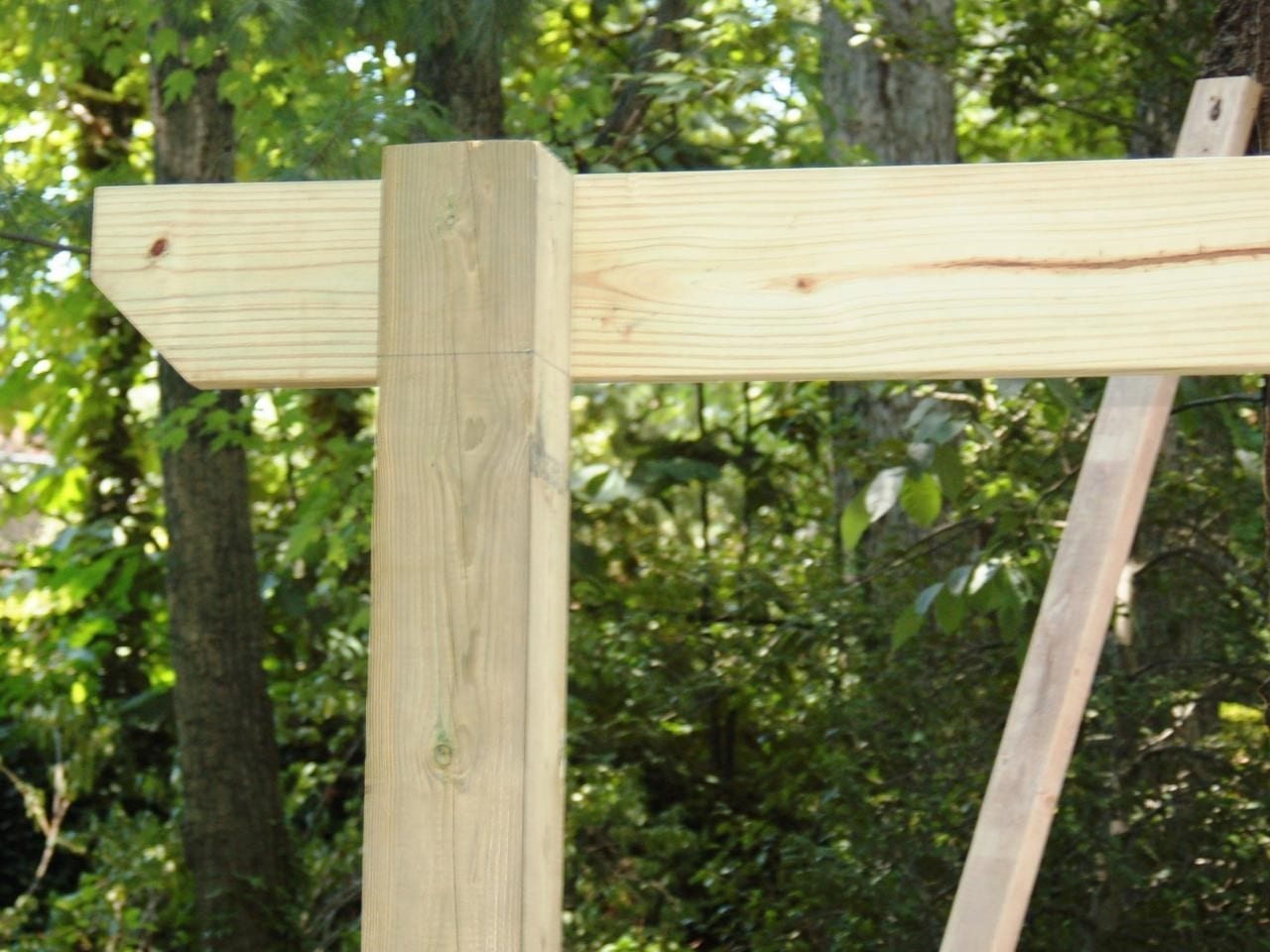Others would say that it is not good sanding a wet wood because it is similar to sanding a wet plaster. Doing so will just gum up the sandpaper and it becomes useless. Many say that you need to allow the wood to dry first.
But, can you sand wet wood? You probably also asked yourself this question, most especially if you have been doing several wood projects, and your wood materials were caught up in the rain or spill. Let’s find out the answer in this post, so any confusion is avoided.
Why Use Wet and Dry Sandpaper?
Mesh sandpaper can be used for carved and turned wood. Using wet and dry sandpaper can be done if you have a squirt water bottle. Just make sure to maintain the surface area wet with water and sand any liquid slop to prevent a big mess.
Never use a belt sander otherwise the sander will be toasted. After the wood is dried for a fair amount of time, and again sand it to eliminate the raised grain. Using sand penetrating oil in the last few coats on some furniture pieces slab tables using wet and dry sandpaper is a good idea, using a dedicated palm sander.
Carved and turned wood are easier to work with when wet. However, it becomes a problem with the majority of flat boards. Sanding wet board (green wood) is not recommended when they will be made as furniture. For boards that are left out to dry in the weather, they need to be dried first and then sanding comes later on.
What is Wet Sanding?
Wet-sanding refers to a technique that is used by woodworkers to give the wood a smooth and fine finish. First of all, it is important to varnish the wood first and then dry-sand carefully. It is also important to choose a wet sandpaper and soak it in water for a while before using it. The sandpaper should be kept wet, and used to sand wooden furniture in gentle circles. Sanding the wood should be done twice or thrice, increasing the sandpaper grit every time.
What are the Things You’ll Need?
Here are the things you need for dry and wet sanding:
- varnish or lacquer
- brush or rag
- sandpaper (80, 100, 120, 150, and 180 grit for dry sanding)
- sandpaper (200 grit to 2000 grit for wet-sanding)
How to Prepare Wood
Sanding takes off the thin layer of wood or finishes to smooth it out. It is important to apply a varnish or lacquer before dry sanding and wet sanding by using a brush or rag and apply just enough. Softwoods usually take 3 coats, while hardwood takes 2 to 3 coats. Allow the lacquer or varnish to cure overnight before sanding.
What is Dry Sanding?
Dry sanding knocks down the woods roughness to the point where the wet sanding technique is most effective. Use an electric sander or simply hold the sandpaper. Start with 80 grit sandpaper, progressing to 100 grit, 120 grit, and continue sanding using 150 grit to 180 grit sandpaper to smoothen the wood.
Dry sanding is done first before wet sanding. Remove the dust by blowing off with a powered air compressor or a can of compressed air. You can also use a vacuum with the hose attached to the blower. Another option is to use a clean rag dampened with water, gently wiping the wood to eliminate the dust. Make sure to let the wood dry before continuing.
How to Do Wet Sanding?
The sandpaper used in wet-sanding is different from traditional dry sanding. A wet sandpaper is specifically to hold up when it is wet, and it comes with a finer grit (higher number) for a smoother finish. The lowest grit used is 200 and the highest is 2000. Sanding sponges can also be used since they conform to the surface a lot better than sandpaper.
Soak the fine grit sandpaper in water for 24 hours or overnight. This will allow the sandpaper to absorb as much water as possible. If you’re in a rush, soak the sandpaper for at least 15 minutes while you’re getting everything set up.
Dip the fine grit sandpaper in a lubricant before sanding. While soaking it in water is helpful, dipping the sandpaper in lubricant on occasion is important as you sand. A water and soap solution is an effective lubricant, as well as mineral spirits. Make sure the sandpaper won’t dry as you work, and as a general rule, wet the sandpaper every few minutes.
Wrap the sandpaper around a sponge or wood block, and make sure that a few square inches of sandpaper are in contact with the wood. Simply holding the sandpaper in your hand will not cover as much area.
Sand the wood surface using circular motions, applying a small amount of pressure while holding the fine grit sandpaper against the wood. It’s not necessary to strictly follow the grain of the wood. Make sure to keep your hand in a circular motion along the wood.
Start in a corner and work along one edge of the wood to the other side, moving down the wood a bit, and sanding back across toward the corner. Just repeat this pattern and sand from side to side. Clean the surface wood off when you have finished sanding, and apply a sealer as desired.
Conclusion
Sanding wet board or green wood is not recommended, most especially when they will be used to create furniture. For boards that are left out to dry in the weather, they need to be dried first and then sanding comes later on. We hope you enjoyed reading this post! Like and share and give your comment below!
Sources:
https://www.wikihow.com/Wet-Sand-Wood
https://nationalpost.com/life/homes/mike-holmes-how-to-sand-and-stain-your-deck-the-proper-way
https://www.popularwoodworking.com/techniques/rules_for_sanding_wood/







